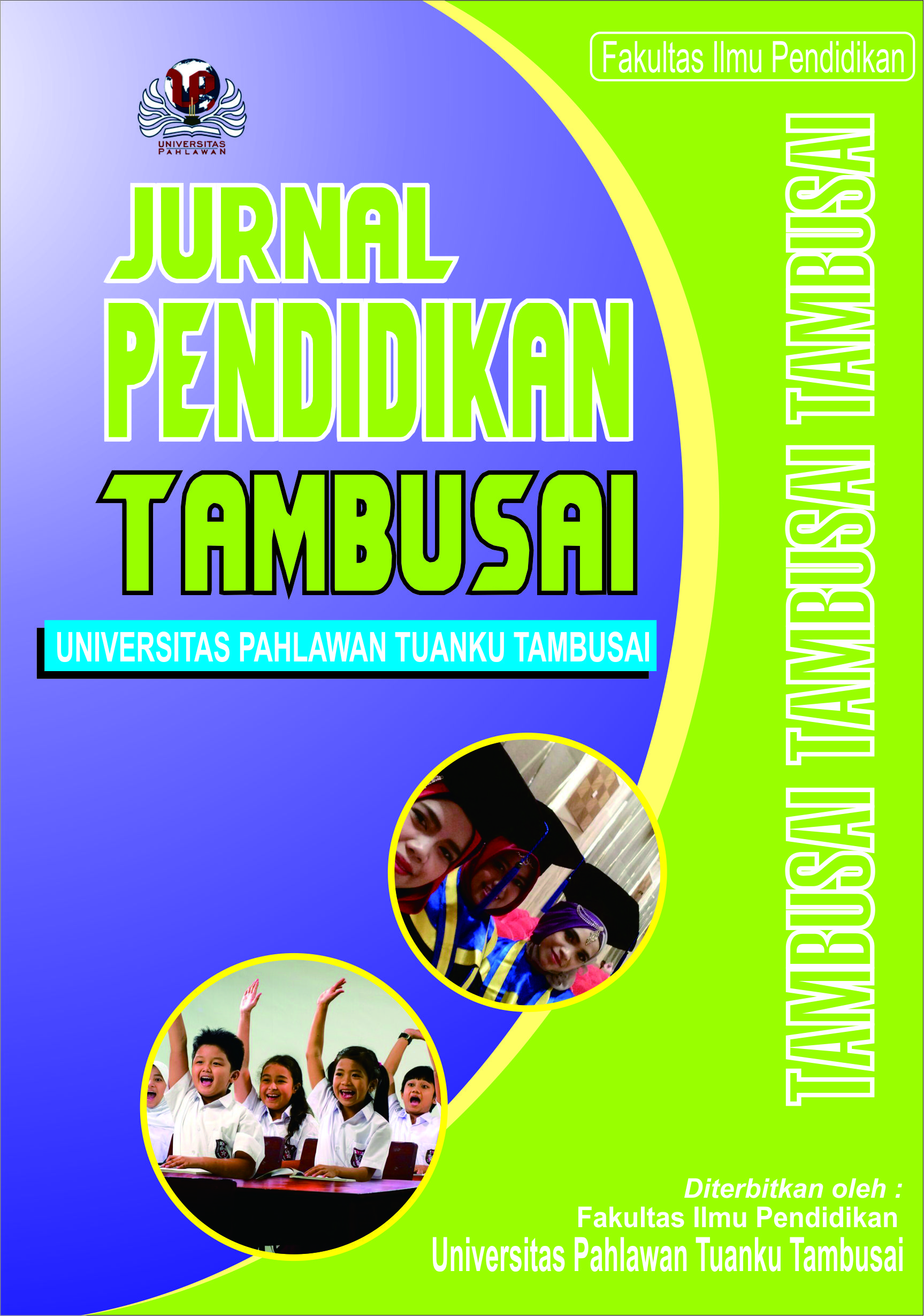Analisis Pelaksanaan Model Pembelajaran Problem Based Learning Pada Siswa Kelas X AKL di SMK Negeri 3 Padang
DOI:
https://doi.org/10.31004/jptam.v8i2.15783Keywords:
Model Pembelajaran, Problem Based LearningAbstract
Penelitian ini bertujuan untuk menganalisis pelaksanaan model pembelajaran problem based learning (PBL) pada siswa kelas X AKL di SMK Negeri 3 Padang. Jenis penelitian ini adalah penelitian deskriptif kuantitatif. Populasi penelitian ini terdiri dari seluruh siswa kelas X AKL di SMK Negeri 3 Padang sebanyak 105 siswa dan diambil sampel secara propotional random sampling. Teknik pengumpulan data dengan dokumentasi, wawancara, dan hasil observasi. Teknik analisis data yang digunakan adalah analisis deskriptif. Hasil yang diperoleh dalam pelaksanaan model pembelajaran problem based learning (PBL) pada siswa kelas X AKL di SMK Negeri 3 Padang dalam pembelajaran akuntansi memiliki rata-rata 74,31. Pelaksanaan model pembelajaran problem based learning (PBL) dalam pembelajaran akuntansi masuk dalam kategori cukup efektif.
Downloads
Published
How to Cite
Issue
Section
Citation Check
License
Copyright (c) 2024 Wiwin Rilmadani, Armiati Armiati

This work is licensed under a Creative Commons Attribution-ShareAlike 4.0 International License.
Authors who publish with this journal agree to the following terms:
- Authors retain copyright and grant the journal right of first publication with the work simultaneously licensed under a Creative Commons Attribution License that allows others to share the work with an acknowledgement of the work’s authorship and initial publication in this journal.
- Authors are able to enter into separate, additional contractual arrangements for the non-exclusive distribution of the journal’s published version of the work (e.g., post it to an institutional repository or publish it in a book), with an acknowledgement of its initial publication in this journal.
- Authors are permitted and encouraged to post their work online (e.g., in institutional repositories or on their website) prior to and during the submission process, as it can lead to productive exchanges, as well as earlier and greater citation of published work (See The Effect of Open Access).



